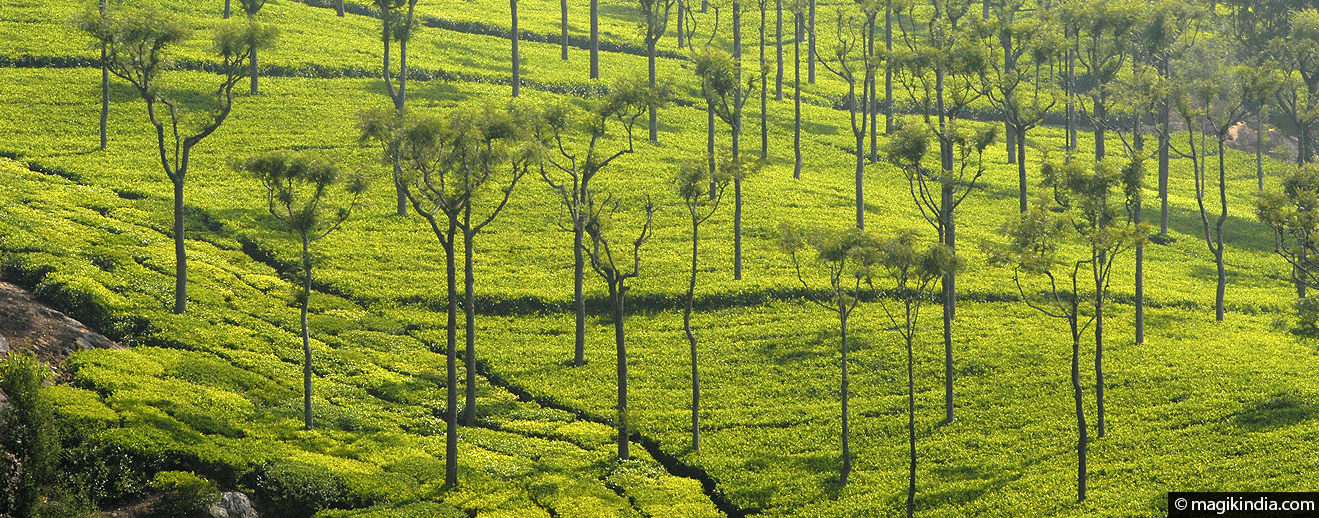
Ooty (Udhagamandalam), the queen hill station of Nilgiris
Udhagamandalam, 80km north of Coimbatore (Tamil Nadu), is better known by its English abbreviation: Ooty. It is a hill station 2500m above sea level. Its cool climate, famous tea gardens and dense forests fragrant with eucalyptus make it one of the most popular hill stations in the Nilgiri mountains.
The Nilgiris (‘blue mountains’ in Tamil) is a mountainous region forming part of the ‘western ghats’ massif. Its highest point is Doddabetta (2,637 meters above sea level). The Nilgiris hills have one of the highest precipitation rates in India, which gives lush forests and a diversity of flora that is one of the most important in the world.
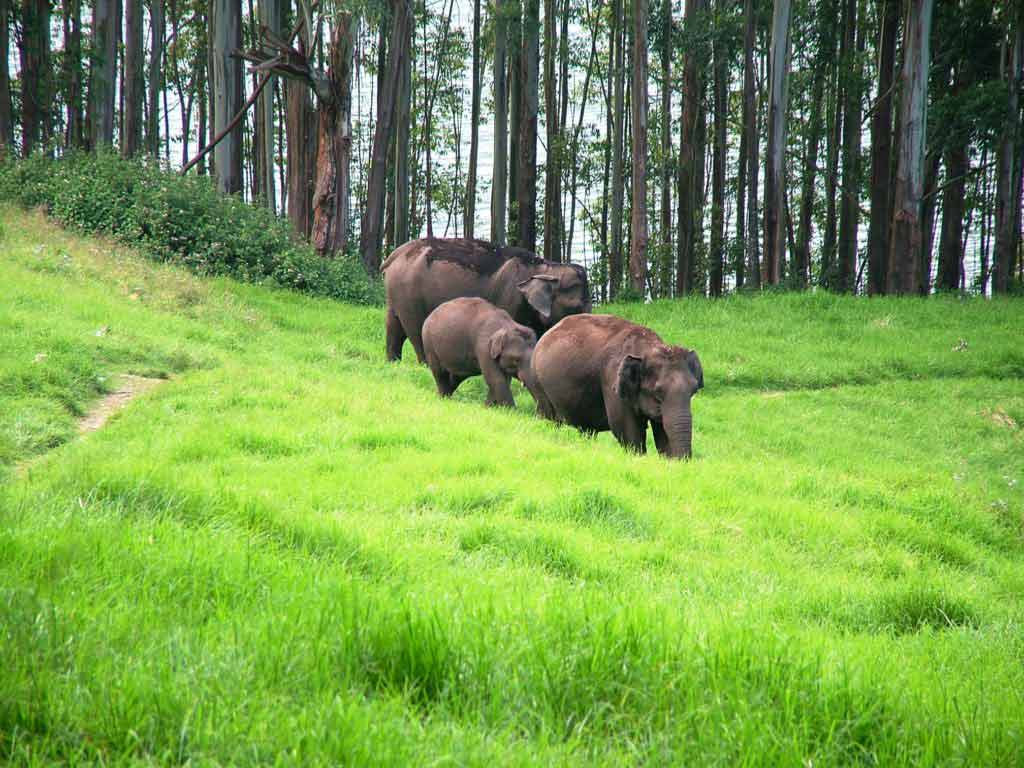
Tea is an important crop of the Nilgiris, but the region also produces eucalyptus essence, coffee, cinchona and sandalwood. Intensive agriculture, mainly tea, has resulted in the destruction of a large part of the primary forests. Consequently, two national parks have been created in an attempt to protect this area: Mudumalai National Park (north) and Mukurthi National Park (southwest).
Udhagamandalam (Ooty) is the main city of the Nilgiris, Coonoor coming second. Many Adivasis (indigenous) peoples live in these blue hills, among others, the Kotas, Badagas, Kurumbas and Todas; the latter being the best known.
Toda people

The Todas are the most characteristic people of the Nilgiris mountains. Although most of its members now live in modern cement houses, we can still visit, in some villages, their traditional semi-circular huts whose tiny entrance forces us to crouch down to explore the interior. Originally, the huts were built with a bamboo and stone structure covered with thatch. Each hamlet or ‘mund’ has a temple called ‘paluvarsh‘ which, during ceremonies, is only accessible to the priest of the community.
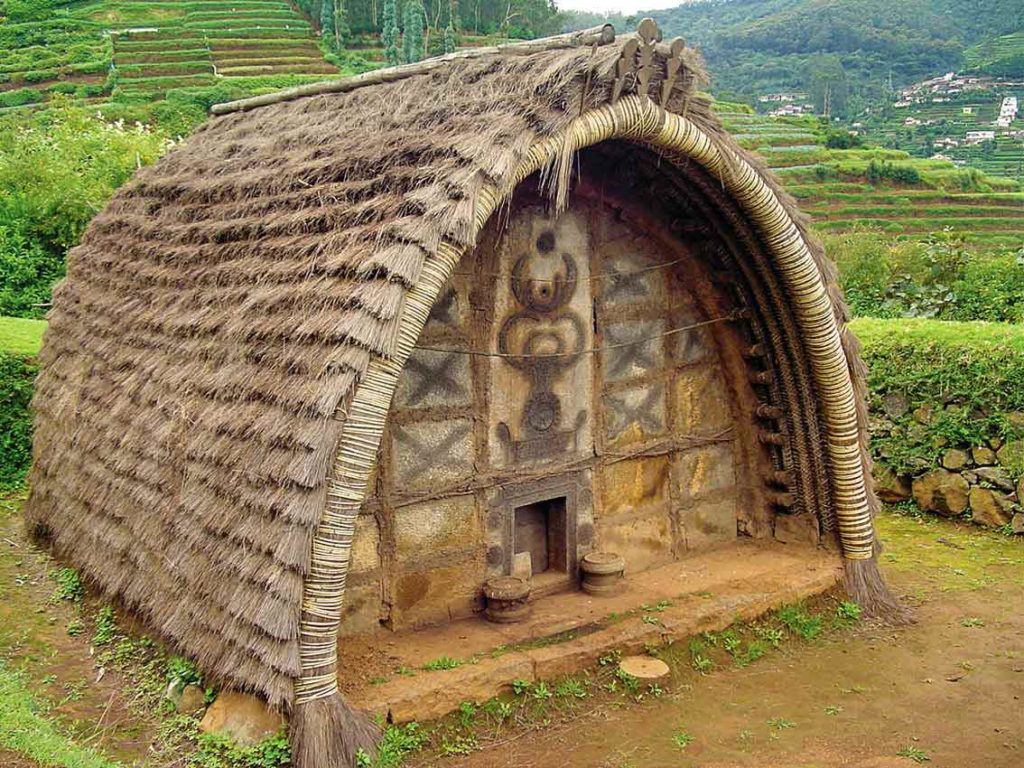
The Todas are basically a pastoral people, buffalo breeders, but they are increasingly venturing into agriculture. The buffalo is therefore a central element in the daily life of this community. All buffalo products are highly revered and there is even a ‘divine milkman’ who takes care of the village’s sacred buffalo. According to Toda belief, the first sacred buffalo was created by the goddess Teikirshy and his brother even before the first Toda man and woman. This faith culminates during the Modhweth festival (buffalo festival in January) and during the ‘Kona Shastra’, the annual sacrifice of a male buffalo.
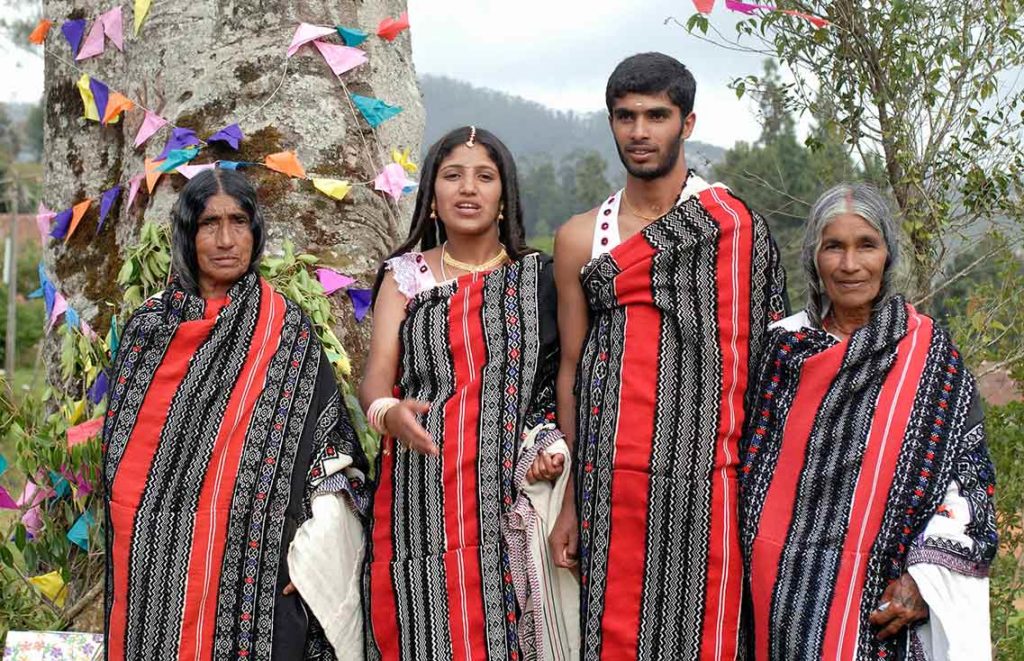
Todas traditional clothes, worn today almost exclusively during special events, consist of a single piece of white fabric draped around the body (doti or sari) to which is added a delicately embroidered red and black shawl (poothkoli). An attractive style that explains the popularity of this community. Another originality, women, during ceremonies make long twists with their hair that gives them a unique look!
Ooty ‘Toy Train’
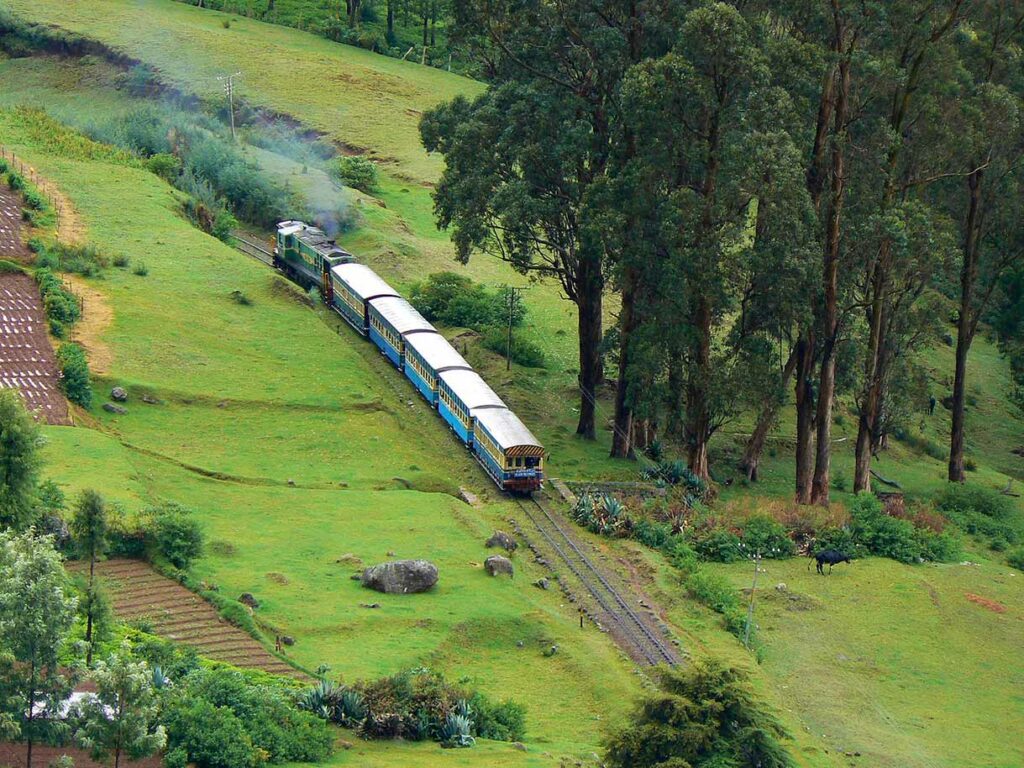
To reach Ooty, you may choose to take the historic Toy Train of the Nilgiris Mountains. Built by the British in 1908, to escape the scorching summers of the plains, it is one of the last trains in India to operate in steam traction on a rack railway. Listed as Unesco World Heritage site, it links Mettupalayam to Ooty for around fifty kilometers, crossing magnificent landscapes.
And Now, let’s visit Ooty!
Tea plantations

You can’t fail to notice the tea fields dotted across the hillsides! They are Ooty’s main attraction. Feel free to walk on the paths between the tea plants and, depending on the time of your visit, you might attend the picking of tea leaves by the women of the region.
Several domains in Coonoor offer guided tours such as the ‘Tea Nest’ or the ‘High Field Tea Factory’, a good opportunity to perfect your knowledge of the art of tea. Otherwise, you can visit the ‘Tea Factory’ in Ooty itself (see below).
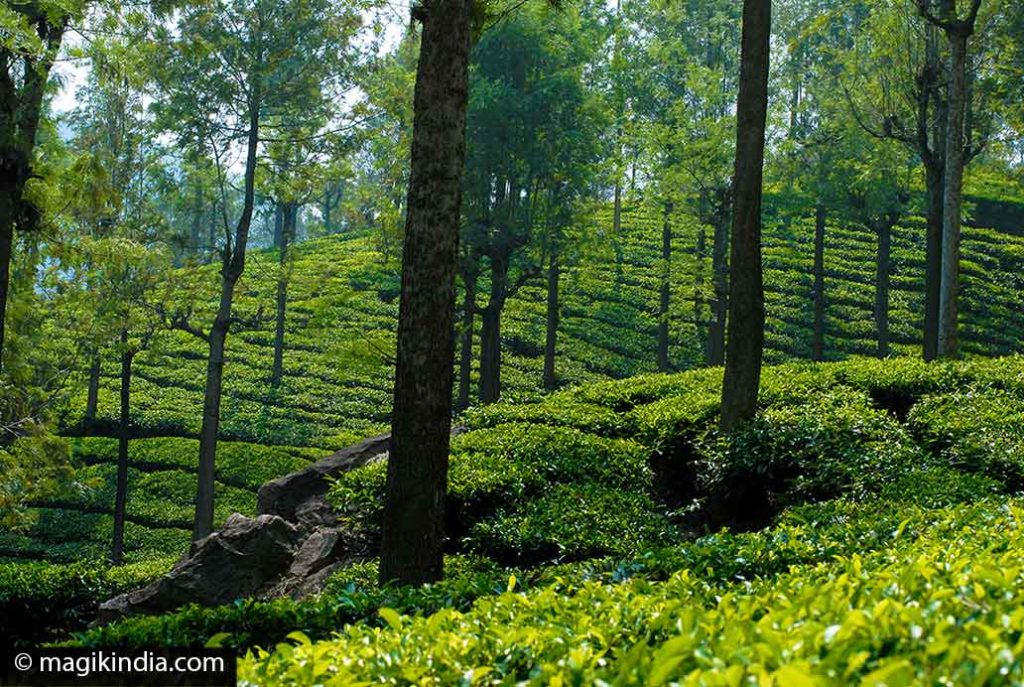
Tea Factory (4km)

Although it is rather touristy, a tour of the tea factory is very informative. You can follow the whole process from the fresh-picked leaves to the packing of the dry tea used to make India’s famous chai. At the end of the tour you’re ‘invited’ into the shop, which sells tea of course but also home-made chocolates… how to resist?
[ Tea making in the Ooty factory ]
Rose Garden
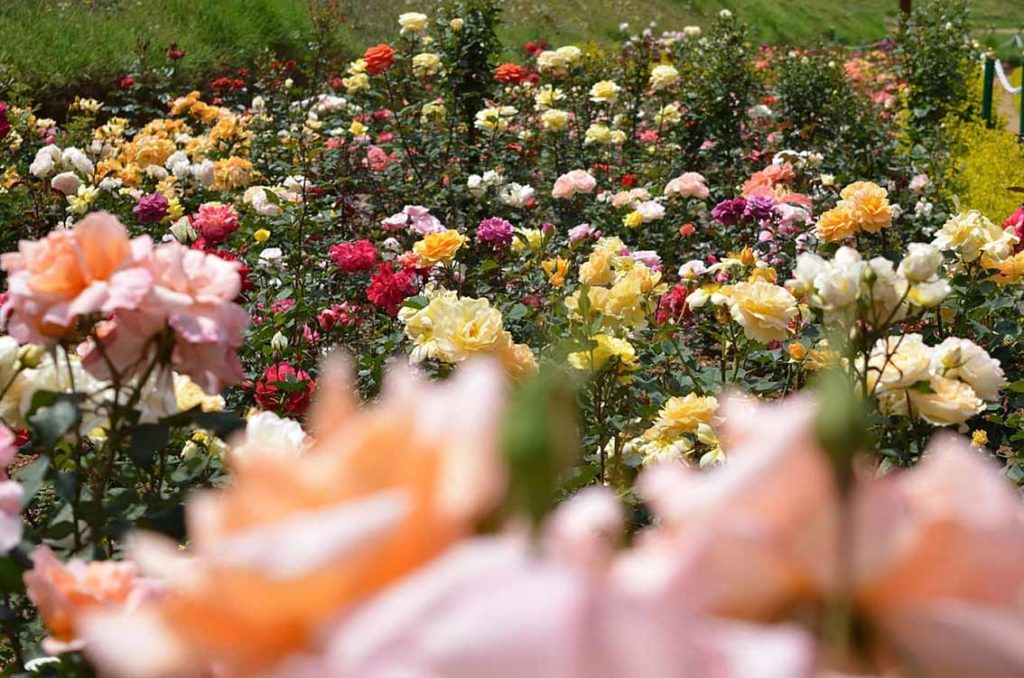
This well maintained garden boasts over 20,000 varieties of rose, making it one of the largest collections in India.
Ooty lake
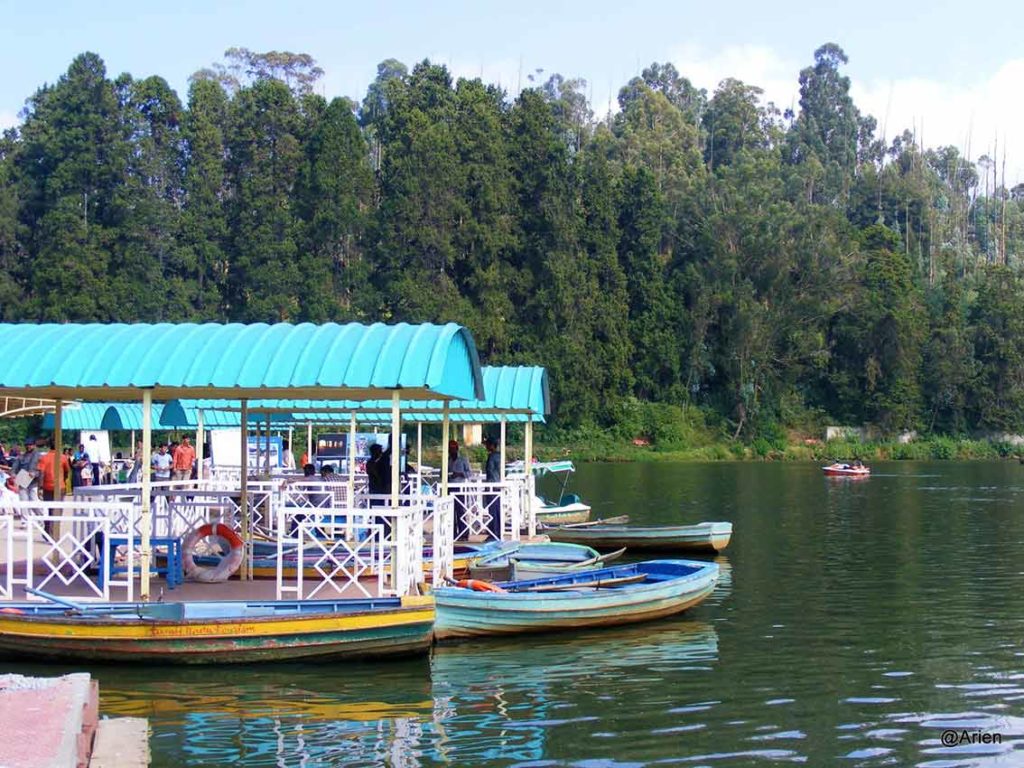
This artificial lake, nestling among Eucalyptus groves and fed by mountain streams, was built by the British in 1824. There are boats for hire.






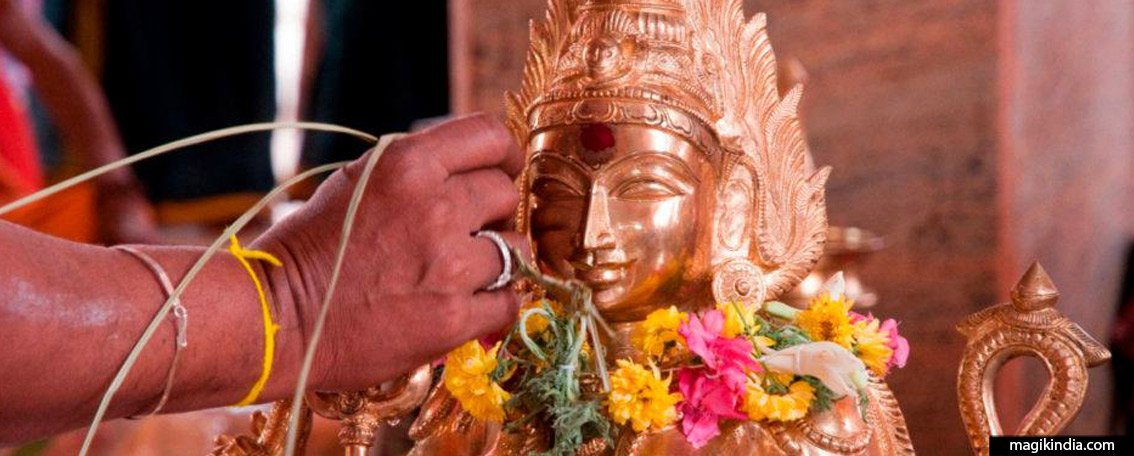
Very interesting article on Ooty, thanks 🙂
Thanks Arora 🙂